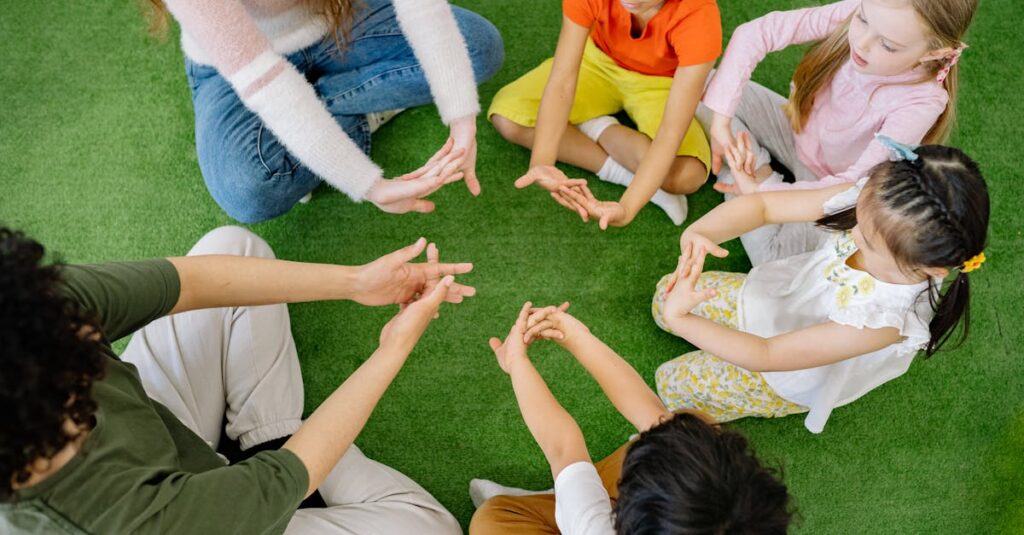Welcome to the Future Classroom
Imagine walking into a classroom where learning is more like a sci-fi movie than a traditional lecture. This is not a distant reality; AI and machine learning are reshaping education as we know it. Gone are the days when one-size-fits-all teaching ruled the roost. Today, we’re looking at a future where education is customized, engaging, and, dare we say, fun for our kids.
This shift towards personalized and interactive learning experiences is not just a trend; it’s a significant leap forward in the way we educate our children. By leveraging cutting-edge technology, educators can tailor lesson plans to suit individual students’ needs and learning styles. This dynamic approach fosters student engagement, critical thinking, and creativity – skills that are essential in today’s fast-paced, ever-evolving world.
The Role of AI and Machine Learning
Artificial Intelligence and machine learning algorithms play a crucial role in this educational revolution. By analyzing vast amounts of data on students’ performance and behavior, these technologies can provide valuable insights to teachers, enabling them to make informed decisions and offer targeted support where necessary.
Furthermore, AI-powered tools can create interactive simulations, virtual reality experiences, and gamified learning platforms that make studying enjoyable and memorable. Imagine learning about history by virtually traveling back in time or exploring the universe through immersive simulations – the possibilities are endless!
Preparing Students for the Future
With the rapid advancements in technology and automation reshaping industries worldwide, it’s essential to equip students with the skills they need to thrive in the digital age. By introducing them to AI, robotics, coding, and other STEM subjects from an early age, we are preparing the next generation for a future where adaptability, creativity, and technological literacy are key.
In conclusion, the future of education is bright, bold, and brimming with possibilities. By embracing innovative technologies and novel teaching methods, we can create a learning environment that inspires curiosity, fosters lifelong learning, and empowers students to achieve their full potential. Are you ready to join the educational revolution?
Game Changers: AI Teachers & Learning Bots
Enter AI teachers and learning bots, the new stars of the classroom. These technological marvels can adapt teaching methods in real-time, offering personalized content to each student.
Picture students engaging with learning bots in debates, solving complex problems with AI assistance, or virtually exploring the Amazon rainforest. These innovations make the classroom an endless space for exploration.
Customized Learning Experiences for Every Child
With AI and machine learning, every child’s learning journey becomes unique. These technologies can assess a student’s strengths and weaknesses, tailoring the curriculum to their individual needs. This means your child gets support precisely where they need it, turning frustration into motivation, which as any parent knows, is half the battle in learning.
Image source: Pexels
Overcoming Emotional Challenges with Tech
Adopting new technologies doesn’t come without its emotional challenges for both children and parents. However, AI in education offers tools to recognize and address these challenges. For example, educational bots can provide immediate feedback and encouragement, reducing the fear of failure and fostering a positive learning environment.
Preparing Parents for the Shift
It’s time to embrace this shift as parents. Understanding how AI and machine learning work can help us guide our children through these changes. By staying informed and flexible, we can help our kids navigate the future of education with confidence and curiosity.
Fostering Interactive Learning Communities
AI and machine learning don’t just transform individual learning experiences; they’re also creating vibrant, interactive learning communities. Through global classrooms and virtual discussion groups, our children can connect with peers worldwide, sharing ideas and cultures in ways we never thought possible.

